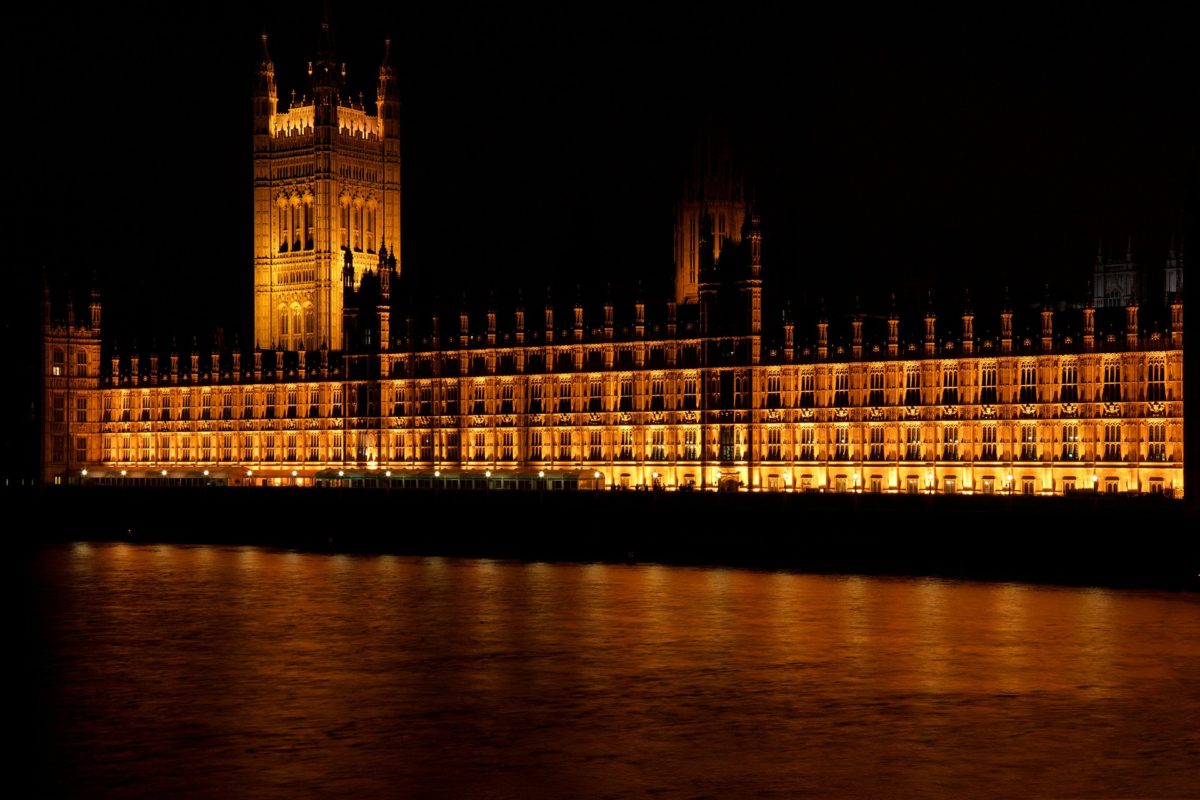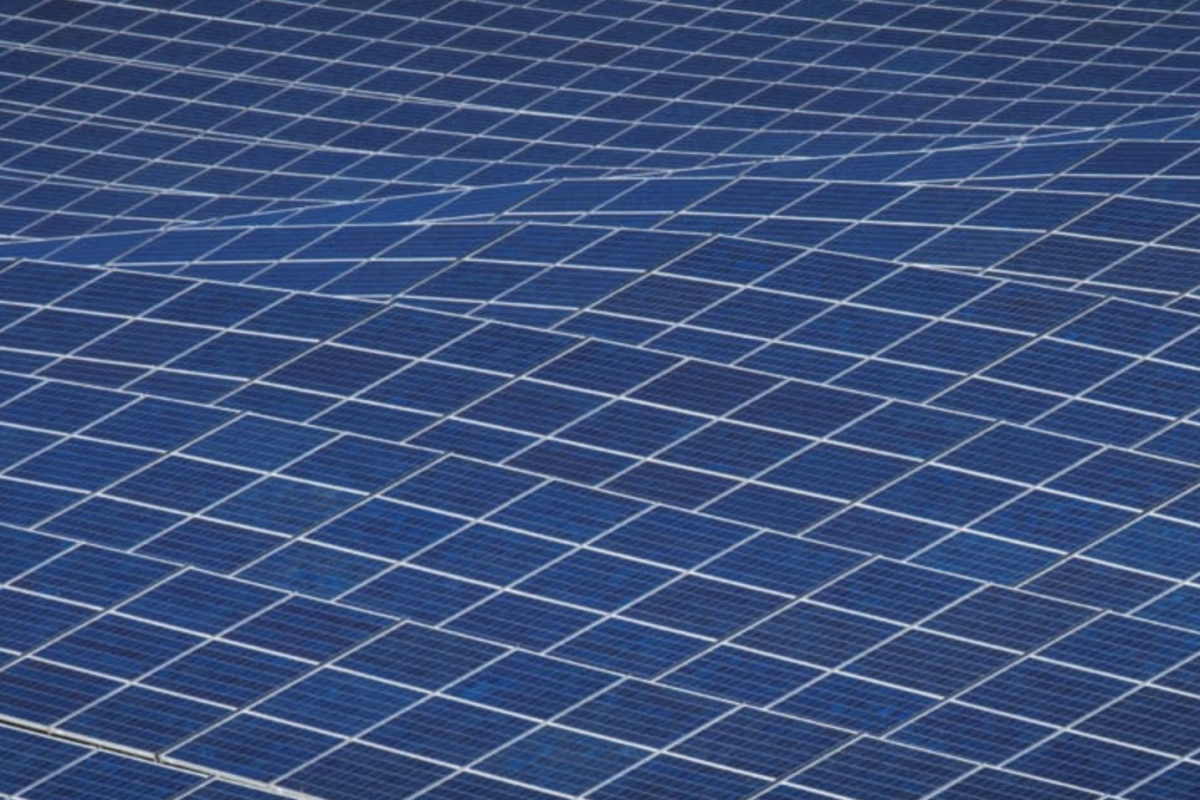British voters go to the polls on July 4, 2024, marking the end of a UK general election campaign that has seen all major parties pledge to bring down energy bills. Each party has its take on how energy policy can support households and businesses during the next parliamentary term, with knock-on effects for renewable generation. This is what's on offer for solar, storage and the wider renewables industry:
Conservative
The Conservatives have led the UK Government since 2010. In that time, solar capacity in the United Kingdom has grown from 25 MW of capacity to more than 16 GW, according to figures from the government’s Department for Energy Security and Net Zero.
Conservative spending commitments include the GBP 1.1 billion Green Industries Growth Accelerator. The fund offers grants to businesses in the UK clean energy supply chain as well as civil nuclear. The Conservatives have also pledged to approve two new fleets of small modular reactors within the first 100 days of the next parliament.
On household bills, the Conservatives have committed to cutting “green levies.” The levies, which make up roughly 8% of UK household energy bills, are used to fund a range of energy policies including Contracts for Difference for solar and wind, as well as the Energy Company Obligation scheme, which provides financial support for households investing in energy efficiency measures.
Taxation for residential solar installations is unlikely to change in the short term under the Conservatives. Value-added tax (VAT) for solar panels, heat pumps and other energy efficient improvements was cut to zero in the last parliament – a zero rating that is set to run until 1 April 2027. VAT for energy efficient improvements will then revert to the reduced rate of 5% – the standard UK VAT rate is 20%.
For storage, the party has pledged to build two “carbon capture and storage clusters,” across northern England and Wales, with a second tranche of projects to follow in the northeast of Scotland and on England’s east coast.
Labour
Ahead in the polls, Labour is the bookmakers’ favorite to win a majority at the general election. The party has committed to investing directly in renewables through its “Green Prosperity Plan.” Around one quarter of that investment will be funded by a windfall tax on “oil and gas giants,” which is projected to generate GBP 1.2 billion per year.
GB Energy stands out as the flagship policy in Labour’s energy proposals. Headquartered in Scotland, GB Energy would operate as a publicly owned entity tasked with co-investing in clean power projects alongside the private sector. Labour plans to invest GBP 8.3 in GB Energy over the five-year parliamentary term, GBP 3.3 billion of which is expected to fund a new Local Power Plan providing funding to local authorities and communities to invest in renewables. Further financial support includes a “National Wealth Fund” equivalent to GBP 1.5 billion per year to directly invest in ports, hydrogen and industrial clusters, as well as a new Warm Homes Plan providing grants and low interest loans to support investment in residential solar, storage, insulation and related improvements. The Warm Homes Plan is projected to cost roughly GBP 1.1 billion per year.
On capacity targets, Labour said it will “work with the private sector” to reach 50 GW of solar by 2030, a steeper ramping up than the 70 GW by 2035 target set by the Conservatives. To accelerate infrastructure projects across industries, the party has said it will review National Policy Statements and the Nationally Significant Infrastructure Projects regime, which has an effect on planning consent timelines.
Clean energy developers using UK workers may also be eligible for the British Jobs Bonus under a Labour government. The party said it will allocate GBP 500 million per year from 2026 to incentivize firms offering “good jobs, terms and conditions” with supply chains in industrial and coastal areas, as well as energy communities.
Others
Junior government coalition partners from 2010-2015, The Liberal Democrats’ manifesto contains a raft of net-zero commitments, with many focused on solar. The party has said it would drive a “rooftop revolution” by expanding incentives for households, including a “guaranteed fair price” for electricity exported to the grid. Other Liberal Democrat policies include a ten-year household upgrade program starting with free insulation and heat pumps for those on low incomes. The party said it would also restore the requirement that every new car or van sold in the United Kingdom must be zero emission from 2030.
Led by broadcaster and Brexit campaigner Nigel Farage, Reform UK has claimed it is better to “adapt to warming” rather than attempt to reduce CO2 emissions. This position underpins party energy policy. Reform UK has said that in government it would accelerate the licensing process for North Sea oil and gas. The party is committed to scrapping renewable subsidies and “ditching net zero.”
The Scottish National Party – the third largest party at Westminster in the last parliament – only stands candidates in Scotland. It has called for a “social tariff” to make energy bills more affordable for those on low incomes, people with disabilities and elderly consumers. Funded by general taxation and an obligation on energy companies, those eligible would pay an energy tariff lower than the mainstream tariffs currently on offer.
The Green Party of England and Wales, which has held one parliamentary seat since 2010, has said all new homes should meet Passivhaus or equivalent standards, and it would compel house builders to include solar panels and heat pumps on all newbuilds, where appropriate. The party is campaigning for 100 GW of solar by 2035, as well as 80 GW offshore wind and 53 GW onshore wind in the same timeframe.
This content is protected by copyright and may not be reused. If you want to cooperate with us and would like to reuse some of our content, please contact: editors@pv-magazine.com.



By submitting this form you agree to pv magazine using your data for the purposes of publishing your comment.
Your personal data will only be disclosed or otherwise transmitted to third parties for the purposes of spam filtering or if this is necessary for technical maintenance of the website. Any other transfer to third parties will not take place unless this is justified on the basis of applicable data protection regulations or if pv magazine is legally obliged to do so.
You may revoke this consent at any time with effect for the future, in which case your personal data will be deleted immediately. Otherwise, your data will be deleted if pv magazine has processed your request or the purpose of data storage is fulfilled.
Further information on data privacy can be found in our Data Protection Policy.